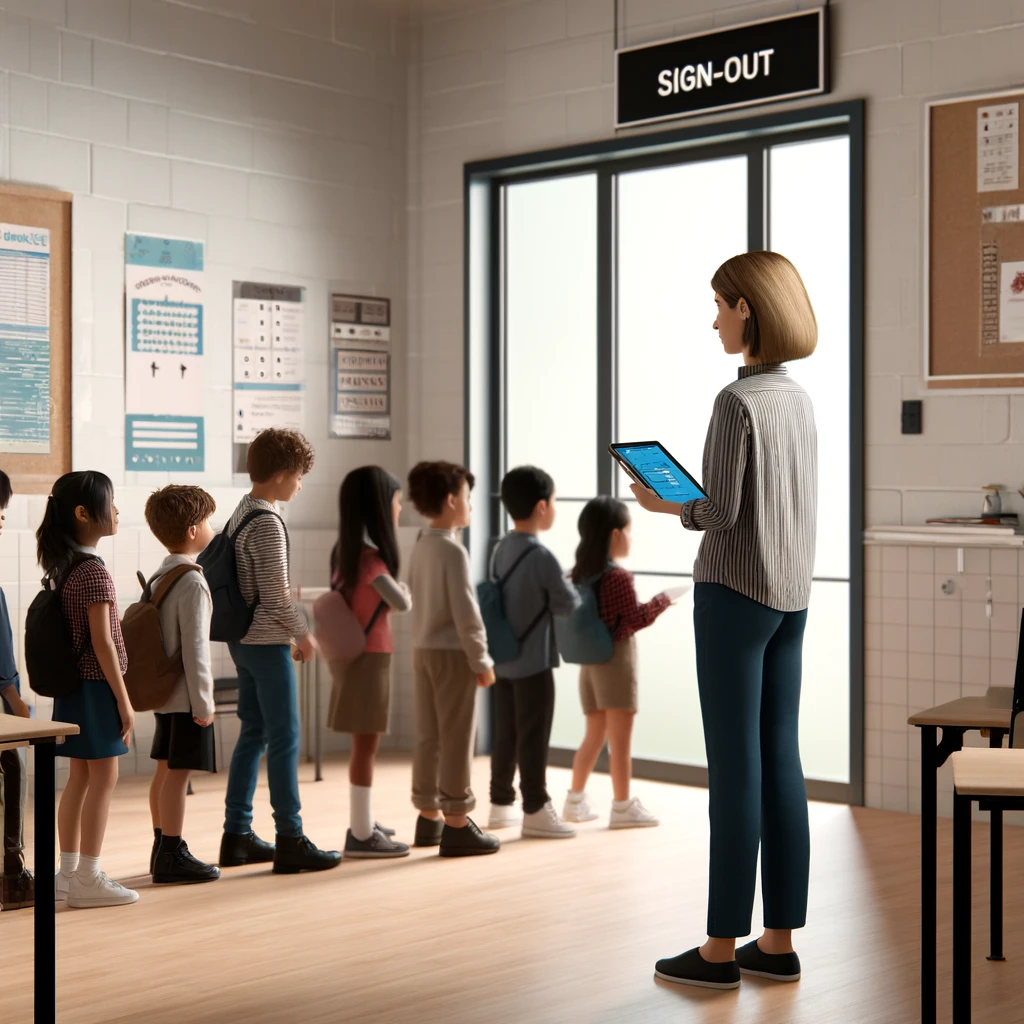Managing the flow of students as they enter and exit the classroom is a crucial aspect of effective classroom management. Proper regulation of this flow is essential for maintaining discipline, ensuring safety, reducing disruptions, and efficiently managing time. This article provides a detailed examination of strategies and considerations for teachers on how many students can leave the classroom at once, focusing on creating a safe and conducive learning environment.

Introduction
The control of student movement within educational settings is often overlooked despite its significance in maintaining order and safety. Teachers face the challenge of balancing the need for strict control and giving students enough freedom to move autonomously. This guide aims to equip educators with the knowledge and tools to make informed decisions about managing classroom exits.
Understanding the Importance of Managing Exits
Why Manage Classroom Exits?
Regulating how many students can leave the classroom at once is vital for several reasons:
- Safety: Ensures students are safe during school hours, mainly when using equipment or during emergencies.
- Minimized Disruptions: Reduces the noise and distraction that can occur when multiple students move about.
- Practical Learning: Supports a stable learning environment where educational activities can proceed without interruption.
Factors Influencing Exit Management
Several key factors influence how many students can leave the classroom at once. Understanding these can help tailor strategies to specific situations:
Age and Maturity
Younger students typically need closer supervision and structured procedures, while older students might be granted more autonomy based on their maturity.
Classroom Size and Layout
Physical space and the number of exits in a classroom can limit or expand the number of students who can leave simultaneously without causing congestion.
Purpose of Exiting
Different activities—like restroom breaks, library visits, or lab work—may necessitate different numbers of students leaving at one time.
Institutional Policies
Schools may have established policies that specify exit procedures, which must be adhered to ensure consistency and safety.
Best Practices for Classroom Exit Strategies
Implementing effective exit strategies requires planning and communication. Here are some best practices:
Establishing Clear Rules
Define and communicate the rules regarding exits, including conditions under which students may leave, to ensure everyone understands the expectations.
Implementing a Sign-Out System
A sign-out system can help monitor who is out of the classroom, aiding in safety and order.
Ensuring Fair Rotation
Use a fair system to rotate exit opportunities among students, preventing any feelings of unfairness or neglect.
Leveraging Technology
Incorporate technology solutions like digital logs or apps to streamline the management of student exits, especially in larger or more technologically advanced schools.
FAQs on Classroom Exit Management
Q1: How many students should be allowed to leave the classroom simultaneously?
The number can vary based on several factors, including the age of students, classroom size, and the purpose of the exit. Teachers should assess their specific situation to determine an appropriate number.
Q2: What are some practical ways to monitor students who leave the classroom?
Using a sign-out sheet, a badge system, or digital tracking apps is an effective method to track students’ comings and goings.
Q3: How can teachers ensure fairness in allowing students to leave the classroom?
Establishing a rotation system where students take turns for various exit needs can help maintain fairness.
Conclusion
Effectively managing how many students can leave a classroom at once is critical for maintaining discipline, ensuring safety, and facilitating an effective learning environment. By considering relevant factors and employing strategic practices, teachers can optimize classroom exits to respect student needs while maintaining control. This comprehensive approach enhances safety and learning outcomes and supports teachers in managing their classrooms more effectively.
Reference URLs:
To gain more insight into effective classroom management strategies, you might consider visiting educational websites that specialize in teaching resources and classroom management. Here are a few: